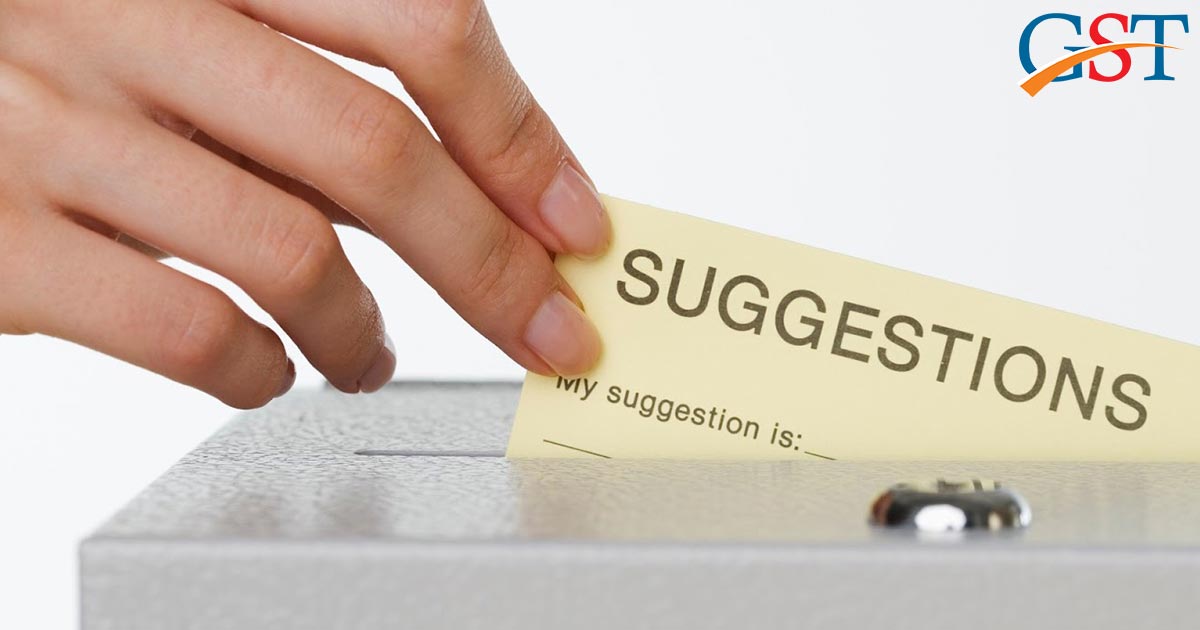Goods and Service Tax was considered to be an epitome of the ideal tax mechanism at the time of its implementation. The assumption is somewhere proved right as the GST system has reduced effective tax rates and boosted supply chain efficiencies of businesses. On the other hand, it is also prevalent that the system is not at all simple and has burdened the taxpayer even more with tax-filing complexities.
Now it is invariably needed to introduce a set of amendments contributing towards the certainty of the GST system.
Steps to Make GST More Compliant:
These steps may be the initiation with respect to long-awaited transformation in the Goods and Services Tax (GST), and the overhaul completed. There are some more steps that the government needs to initiate in making GST a good and simple tax as the PM Narendra Modi assured.
Reduction in Number of Tax Slabs Rates
To begin with let’s talk about drastic changes in tax rates that are bothering the taxpayers. There is an invariable need to put a halt on the changes in tax rates and decide the rate structure that is static for a few years. Adding on to that increasing the tax rates 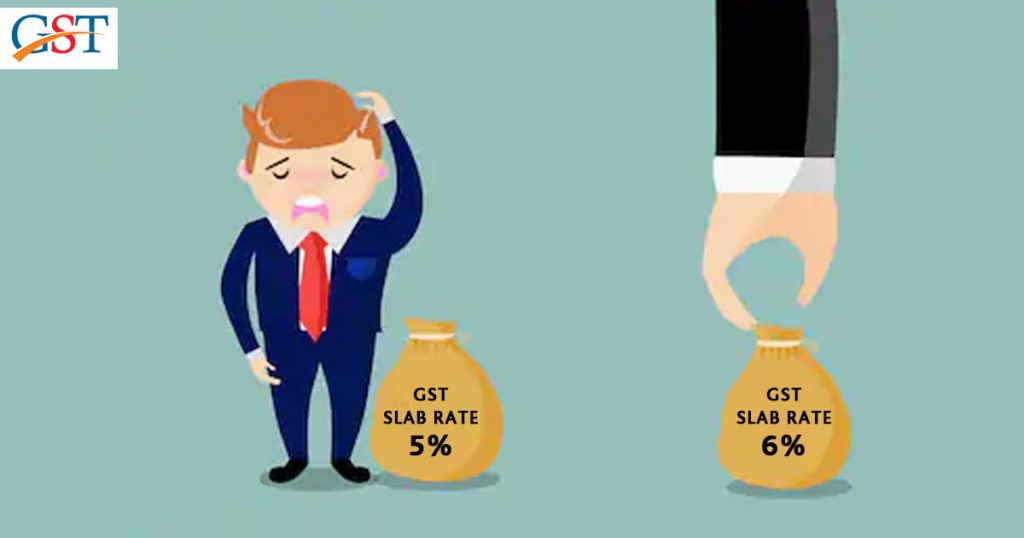
Effortless Input Tax Credit Claims
An urgent restoration of the Input Tax Credit system is indeed an invariable requirement. GST on all the businesses should be seen as setoff in line with global practices. And if restrictions on credit is not possible then the denial of say 5% of total input taxes should be made an option for the taxpayers without there being an urgent need for detailed expense analysis.
Spreading the GST Net
There is still a huge crowd away from paying GST (Goods and Services Tax) keeping the fact as their primary concern, the GST council meeting 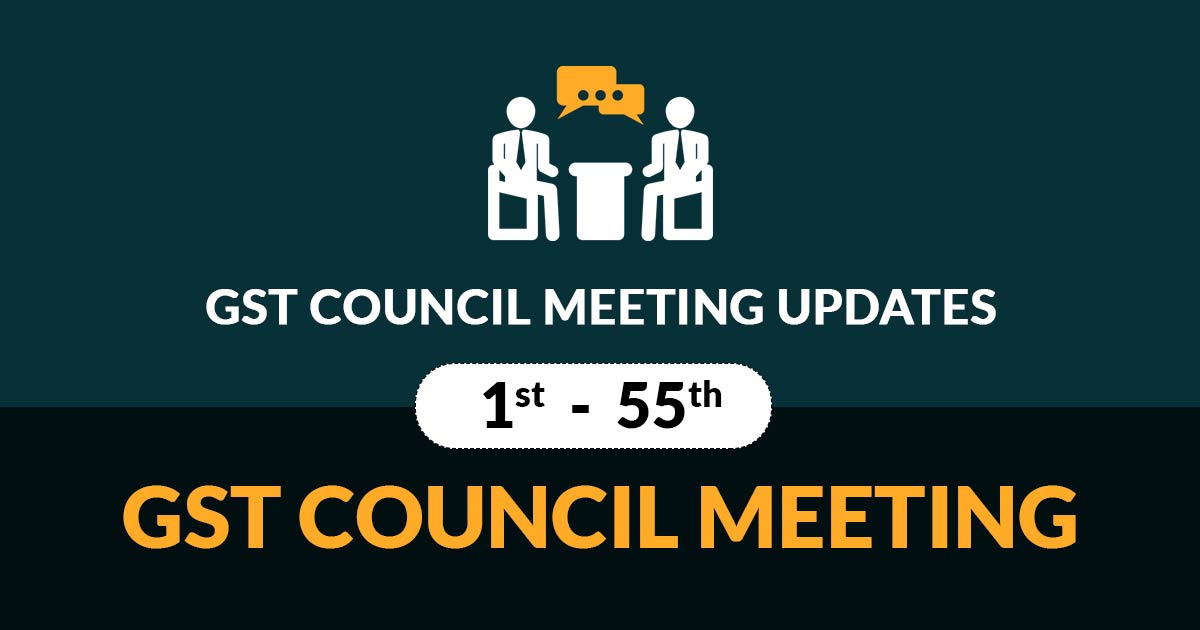
Renovating ITC System
Restriction on cash flow in the market has adversely affected businesses. The ITC that is acquired at the state level by several businesses is subject to tax payment in some other state. At central GST, a national pool has to be considered in addition to allowing an offset against income tax. An excess amount in input tax can be dispersed as a refund to the taxpayers.
Practical Targets for GST Collection
As per the government’s data, monthly GST collection is a little more than Rs. 1 lakh crore in the current financial year and therefore the revenue target is missed by large numbers. Revenue collection is important but it cannot define the spontaneity of the GST system which totally depends on the smooth function of businesses and widened tax base.
Hope is revived with the commencement of new e-invoicing under GST 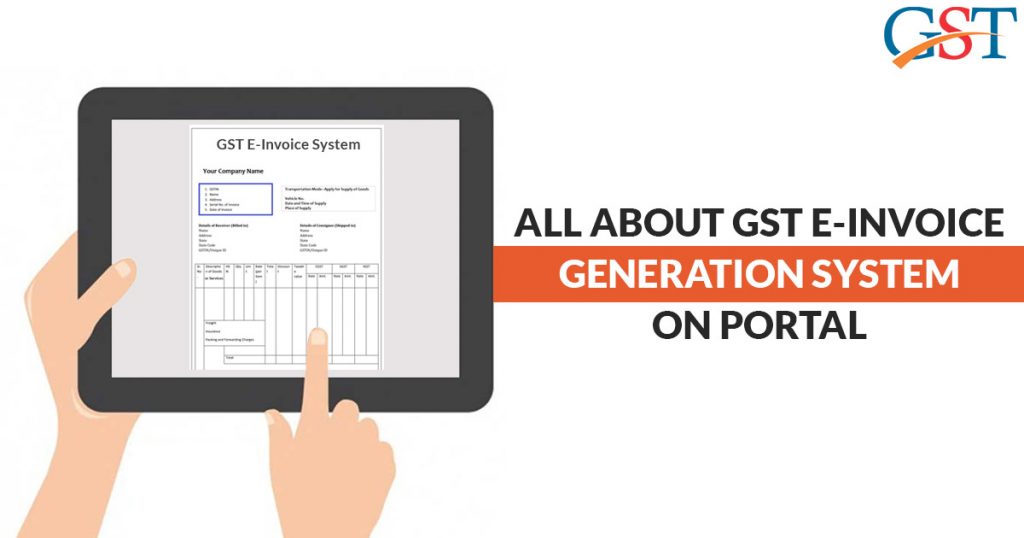
Including Some Exempted Goods In GST Regime:
Some goods & services like electricity, real estate, and petroleum are out of GST structure. As they are out of GST bracket, the input tax credit benefits cannot be utilized by the segments involved in the process and so it is a loss for them. In addition, these sectors are out of the indirect tax system at the mercy of state government. Some sectors such as oil and gas are demanding to be included in the GST. Even experts suggest that the right way to implement GST is to put all the sectors under the bracket of GST, but it would take some time to implement the required tweaks to the system.
Let E-waybill Go Away
The industry demands to let the GST e-way bill go 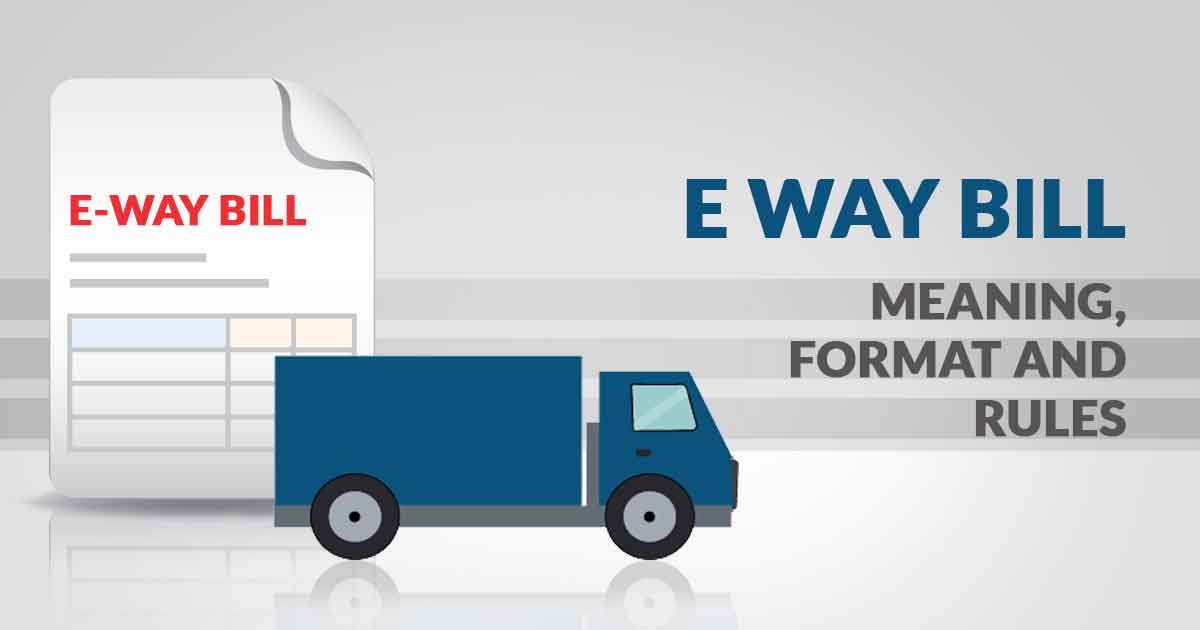
Although, the council is silent on the suggestion and running a pilot regarding the e-way bill in Kolkata and expected to spread it in other states. The industry is well acknowledged with the fact that when the e-way bill will be uploaded to the GST network, it would create another technological hurdle after implementation.
